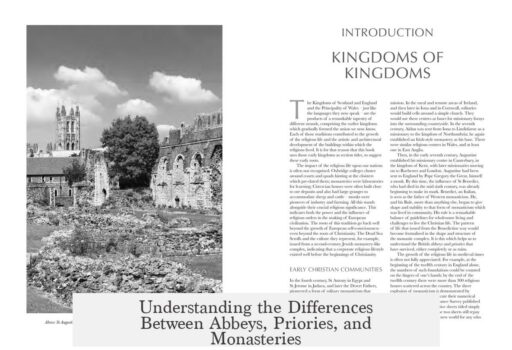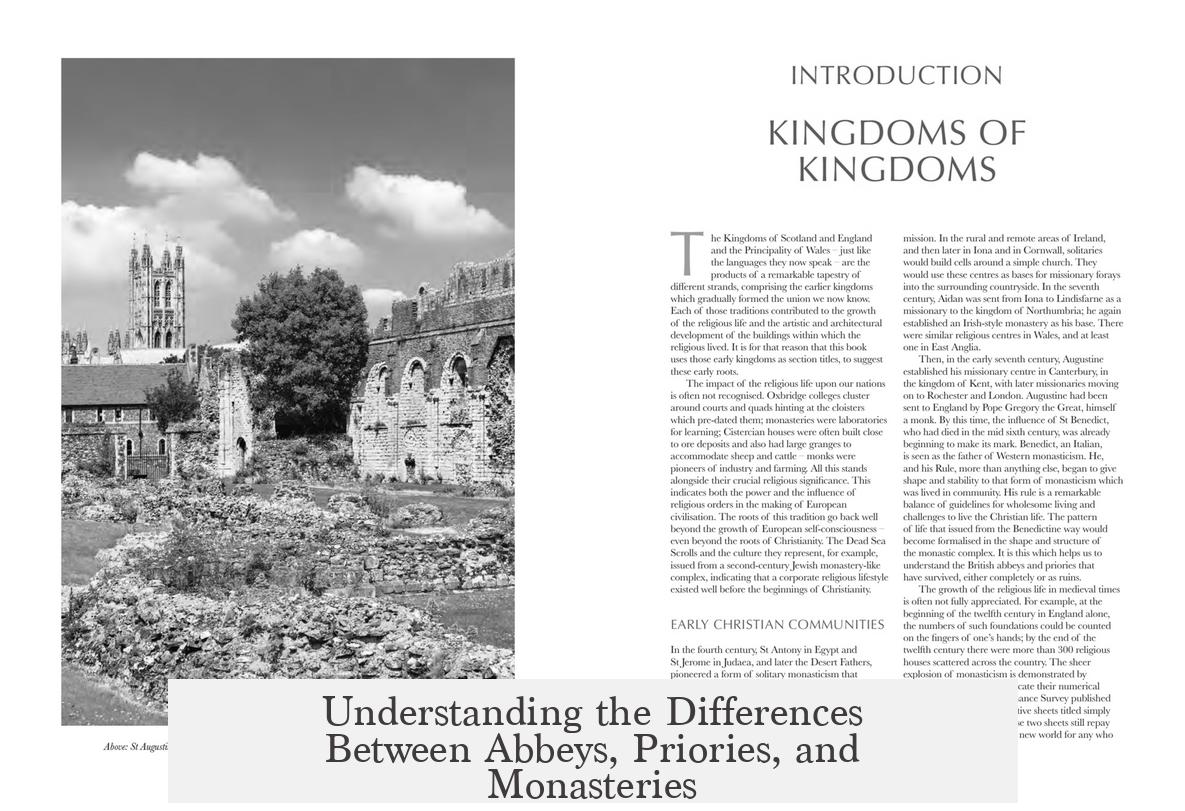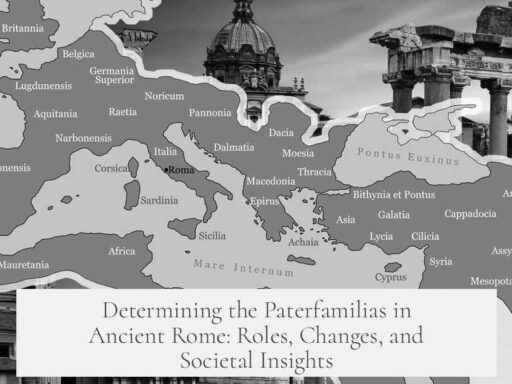The key difference between an abbey, a priory, and a monastery lies in their leadership, autonomy, and status within religious orders.
An abbey is an autonomous monastery governed by an abbot or abbess. It houses at least 12 members of a religious community living under strict rules. The abbot serves as a spiritual and administrative leader, and the abbey functions independently.
A monastery broadly refers to the physical complex where monks or nuns live. It is a home for those leading an ascetic life. A monastery may be led by an abbot, but the term is more general and focuses more on the building or place rather than rank or independence. It applies to both male and female communities.
A priory is a monastery led by a prior or prioress, who ranks below an abbot. It can exist as an independent entity or function under the jurisdiction of an abbey. Priories include:
- Obedientiary or simple priories, subordinate to an abbey
- Conventual priories, which operate independently
| Term | Leader | Autonomy | Community Size | Focus |
|---|---|---|---|---|
| Abbey | Abbot/Abbess | Autonomous | At least 12 members | Religious fraternity independent in governance |
| Monastery | Abbot/Prior or others | Varies | Varies | Building housing monastics living ascetic life |
| Priory | Prior/Prioress | Dependent or independent | Varies | Religious fraternity usually subordinate to abbey |
In summary, a monastery is any religious house where monks or nuns live. An abbey is a type of monastery with an abbot or abbess, fully autonomous and larger in community. A priory is a monastery led by a prior or prioress, often subordinate to an abbey but sometimes independent.
- An abbey has supreme leadership and independence within the order.
- A priory may be subordinate or independent but ranks below an abbey.
- A monastery is a general term for a religious dwelling for ascetics.
What Is the Difference Between an Abbey, a Priory, and a Monastery?
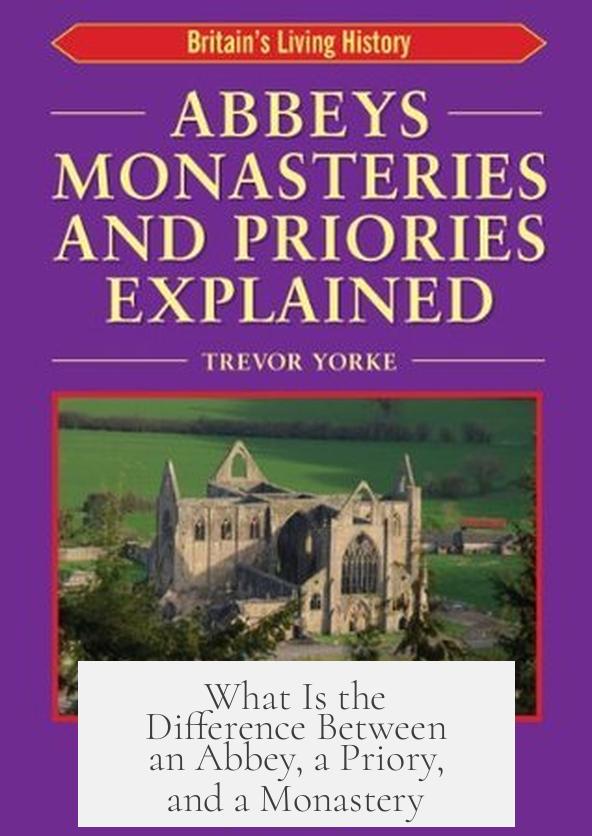
Ever wandered past a grand old stone building and wondered, “Is this an abbey, a priory, or just a plain old monastery?” You’re not alone. These terms often get tossed around like interchangeable labels, but they carry distinct meanings with roots deep in religious history. Let’s unpack them.
In a nutshell: An abbey is an independent and large religious house led by an abbot or abbess; a priory is a smaller or dependent house led by a prior or prioress; and a monastery is the general term for a community of monks or nuns living under religious vows.
The Noble Abbey: Father Knows Best
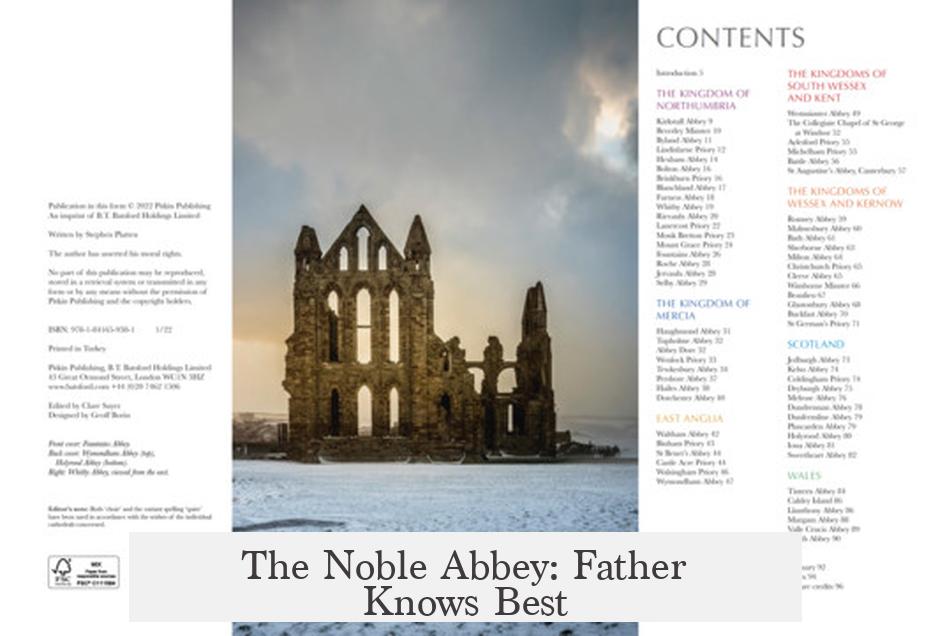
An abbey shines as a prominent home for a religious fraternity. Picture it as the head honcho of spiritual hangouts—autonomous, big enough to host at least a dozen monks or nuns, and ruled by an abbot or abbess. The term “abbot” literally means “father,” drawn from Latin, Greek, and Aramaic roots. This patriarchal figure holds authority within the abbey, guiding spiritual practices and daily life.
An abbey is not just a collection of buildings; it’s a thriving community with self-governance. Think of it as a mini kingdom devoted to ascetic life, prayer, and work.
For instance, famous European abbeys like Westminster Abbey started as autonomous religious communities. Though today Westminster serves largely ceremonial roles, historically, abbeys governed themselves fully under their abbots’ watchful eyes.
Monastery: The Broad Tent of Religious Life
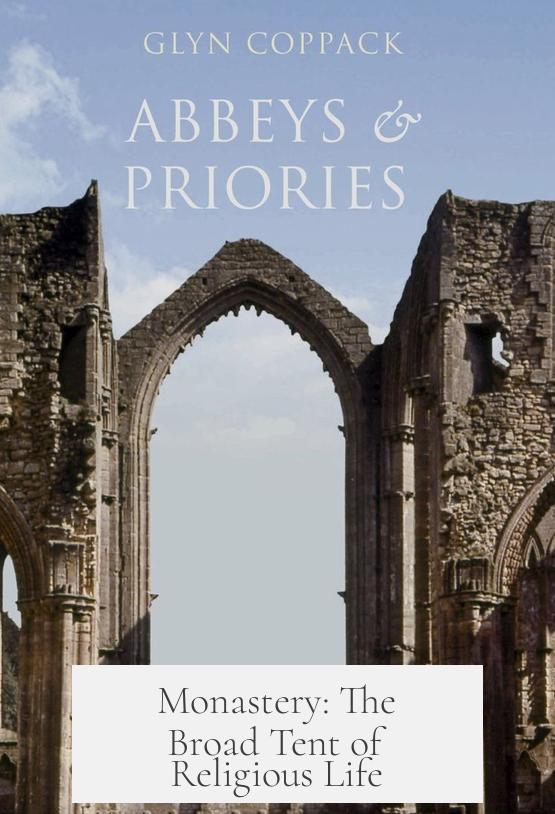
Now, the monastery is the general category. It includes any place where monks or nuns live together under religious vows, aiming for a life of austerity, prayer, and contemplation. Physical structures matter here—“monastery” refers to the actual buildings providing shelter and facilities.
Monasteries can be home to male or female religious orders, though the word often unofficially leans toward male communities. That’s just linguistic habit, not a rule.
Monasteries vary greatly in size and rank. Some can be towering abbeys, while others remain humble chapels with a handful of residents.
Leadership varies here, too. Many monasteries are led by an abbot or abbess, much like abbeys. So, all abbeys are monasteries, but not all monasteries are abbeys. It’s like all squares are rectangles, but not all rectangles are squares.
What About the Priory? The Little Sibling

Enter the priory, often thought of as the abbey’s younger sibling. Headed by a prior or prioress, the priory is typically smaller or less autonomous. It can be dependent on a nearby abbey, known as an obedientiary or simple priory, or stand alone as a conventual priory.
Think of the prior as a manager reporting to a higher boss, the abbot. In obedientiary priories, the prior follows directives from the parent abbey, while conventual priories enjoy full independence but retain the “priory” title.
Priories offer flexibility. They may form when a religious order plants a new community or when downsizing from an abbey. Sometimes, they serve specialized missions, like education, hospitality, or charity.
How These Places Compare: A Quick Look
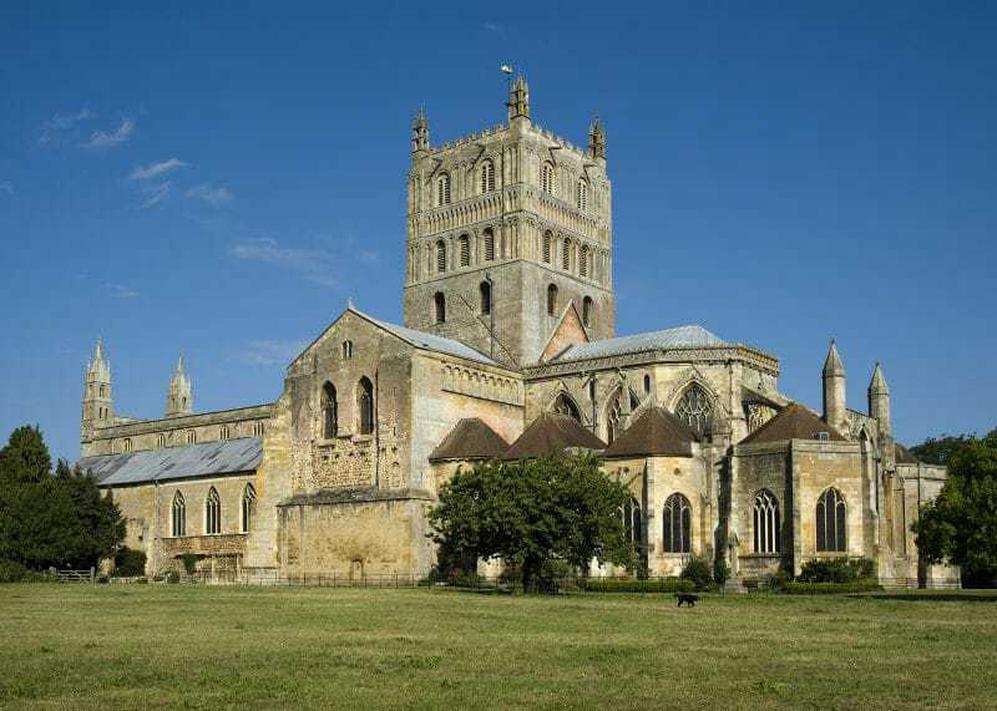
| Aspect | Abbey | Priory | Monastery |
|---|---|---|---|
| Leadership | Abbot or Abbess (highest rank) | Prior or Prioress (lower rank than abbot) | Often Abbot, sometimes Prior or other |
| Autonomy | Fully independent | Dependent or independent | General term, autonomy varies |
| Size & Population | At least 12 members, usually larger | Smaller or newer community | Any size |
| Function | Main religious center, governance | Subsidiary mission or new foundation | General term for religious residence |
Why Does This Matter Today?
Understanding these distinctions helps you appreciate history, architecture, and even religious culture better. Ever visited a medieval church and felt its weight? Knowing if it was once an abbey or a priory adds layers to your experience.
Plus, some abbeys remain active spiritual centers. Their autonomous status means they maintain self-governance, traditional rites, and community rules. Priories often serve special local purposes, while monasteries provide homes for varied religious traditions.
Not just trivia—if you appreciate art history, religious studies, or travel, knowing these terms sharpens your insight.
Closing Thought: Which Would You Choose?
If you had to join one, would you settle into a grand abbey, embracing leadership and tradition? Or prefer the humble and focused life of a priory? Maybe the broader umbrella of a monastery suits your spirit better.
Whichever path, these places exemplify centuries of devotion and community. They remind us how structure supports spiritual life, no matter the name.
